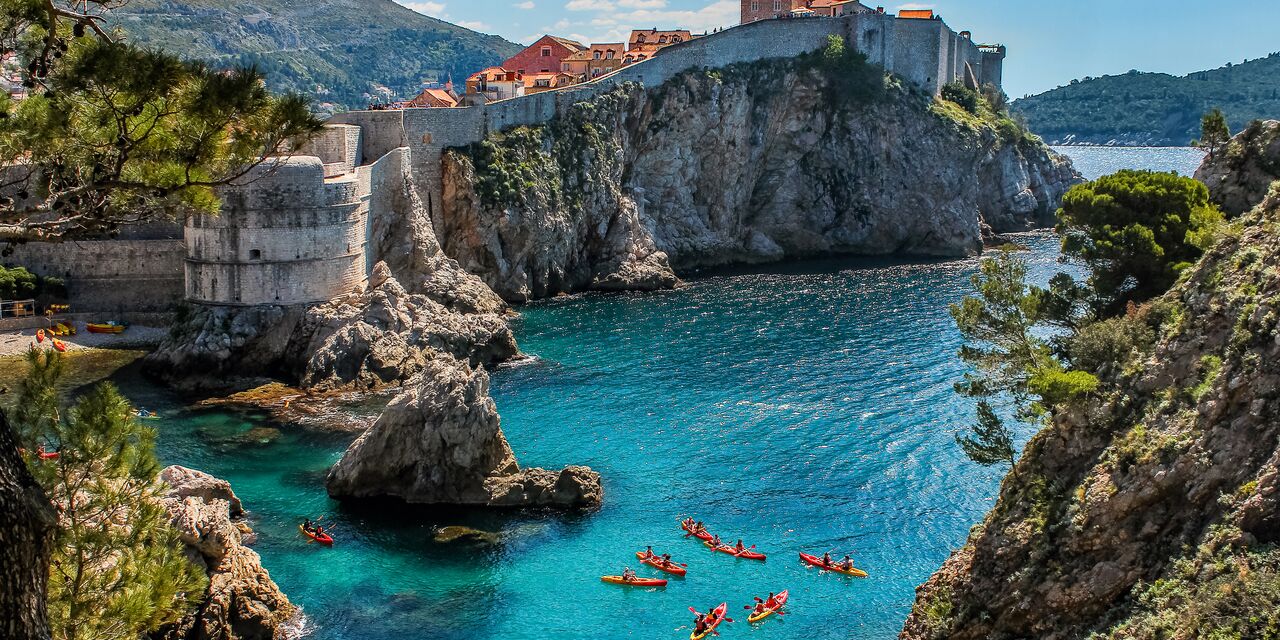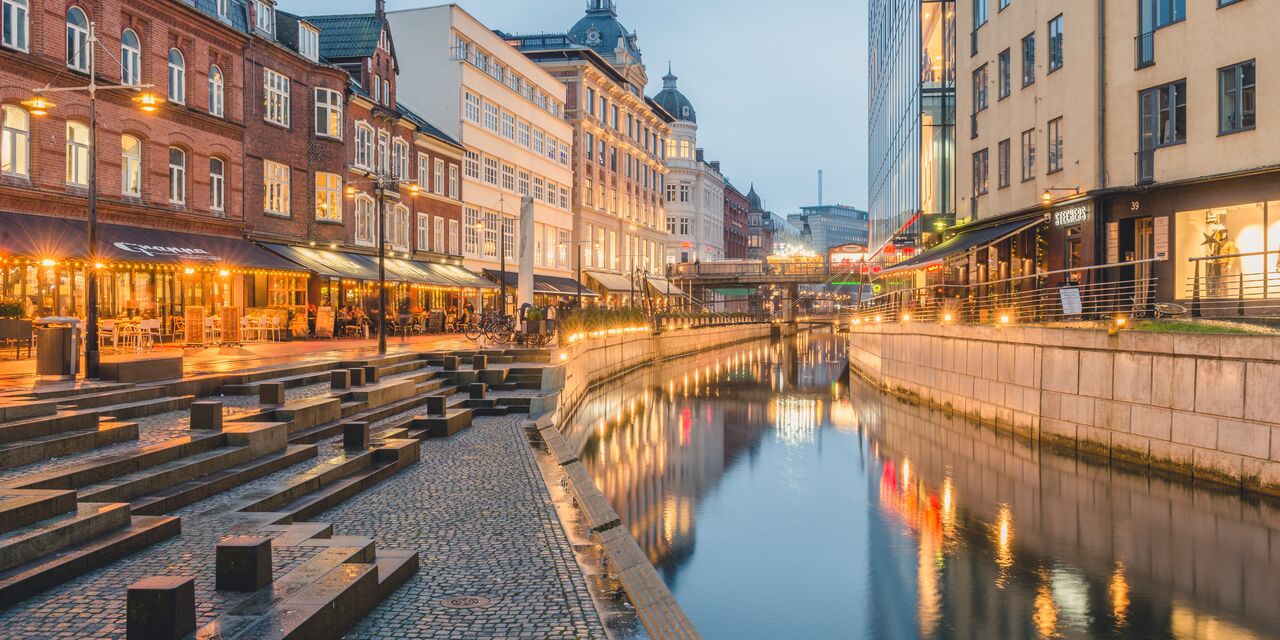Roads to Freedom: impressive exhibit
The European Solidarity Center is located north of Gdansk’s old city centre, on the edge of the former Lenin shipyard. Visitors enter the museum through the famous Gate No. 2, which played a key role during the strike as the daily meeting place for the dock workers. The museum’s permanent exhibit Roads to Freedom illustrates the fight of Solidarność through thousands of photos, films and objects. Read the 21 demands of the strikers, handwritten on wooden signs, now listed by UNESCO as part of the common heritage of humankind. Lech Walesa and his colleagues fought for the right to strike, better living conditions and freedom of speech in Poland. Another impressive display is the riot police van, a stark reminder of the martial law that remained in effect for 3 years after the strike. You can also see the replica of a supermarket with bare shelves, symbolizing the hardship of life in communist Poland. The exterior part of the museum holds a piece of the Berlin Wall, an army tank, and the wall that Walesa had to climb to take part in the strike. The Solidarity Museum is a very modern and interactive facility. English descriptions and audio tours in multiple languages provide a fascinating overview of the historic events and the victory of Solidarność. At the end of the exhibit, visitors can leave a message on a giant piece of art that forms the word ‘Solidarność’. The museum also offers a café, restaurant and museum shop. Most of the year, visitors have access to the observation platform on the roof for an excellent view over the former Lenin shipyard.

The Solidarity Monument
In memory of the victims
Outside stands the 42-metre-high Solidarity Monument: 3 concrete crosses with ship anchors. This is in memory of the 42 dockworkers who were shot during the 1970 strike. The Polish government promised to create this monument during the negotiations that resulted in the Gdansk agreement, signed with Solidarność on 31 August 1980. Just 10 years later, in 1990, Lech Walesa was voted president of Poland in the country’s first democratic elections.













